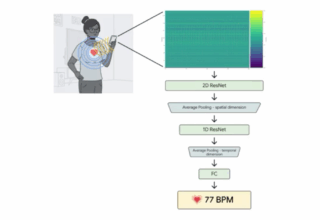
Laboratories live and succeed based on the results they produce. These results need to be verifiable and duplicable and the environment that is promised must be delivered consistently.
This occurs based on how the rooms are built initially. The materials that make up the room must be the best at creating a controlled environment that limits any outside influences, like contamination that may disrupt or distort any experiments that are going on in the lab.
The rooms must also then be outfitted with high quality tools and appliances that both uphold the lab standards for non-contamination and deliver the level of results desired.
One of the key appliances is the laboratory HVAC system. Air coming into the lab needs to be controlled for temperature, dust, fumes, and humidity and the HVAC serves as the primarytool for managing these conditions in the lab. The HVAC system must meet the exact requirements needed in the lab and deliver them consistently and without fail. For the most stringent environments, clean rooms, HVACs must be specially designed to allow virtually no contamination.
Clean rooms are the rooms that are designed to achieve the lowest levels of environmental pollutants particularly dust, airborne microbes, aerosol particles, and chemical vapors creating a clean environment for the desired processes to occur. Regarding air pressure and humidity, both of these variables are also controlled within a clean room, utilizing equipment that is specifically designed for this purpose. As mentioned, HVACs are the primary tool for maintaining a low contaminant environment. But every other tool and appliance introduced into the clean room must also assist in contaminant control.
One particular appliance that is a focus in a clean room are clean room ovens:
Laboratory ovens all operate on the same principal. They use convection to create and circulate heat throughout their chambers. There are a range of convection ovens however and each has different qualities and strengths. Some use gravity convection which is natural convection while others use some form of mechanical draft to heat the oven’s contents. The two types of ovens are:
Forced-air ConvectionOvens– They use fans to distribute air through the oven chamber. These ovens have faster and more even heating throughout the oven. They are used for the widest variety of applications.
Gravity Convection –Convection principles are based on temperature and density differences causing circulation of air throughout the oven chamber. Gravity convection ovens work on this principle, are lower cost and simpler to operate. However they can have inconsistently heated areas within the oven. For this reason they are not used for the most exacting experiments.
Clean rooms ovens can be either forced air or gravity convection ovens, but they must be manufactured to cool down and heat up quickly and to emit only the most minimal possible contaminants. If they meet the required specs that can be used in a clean room setting.

















